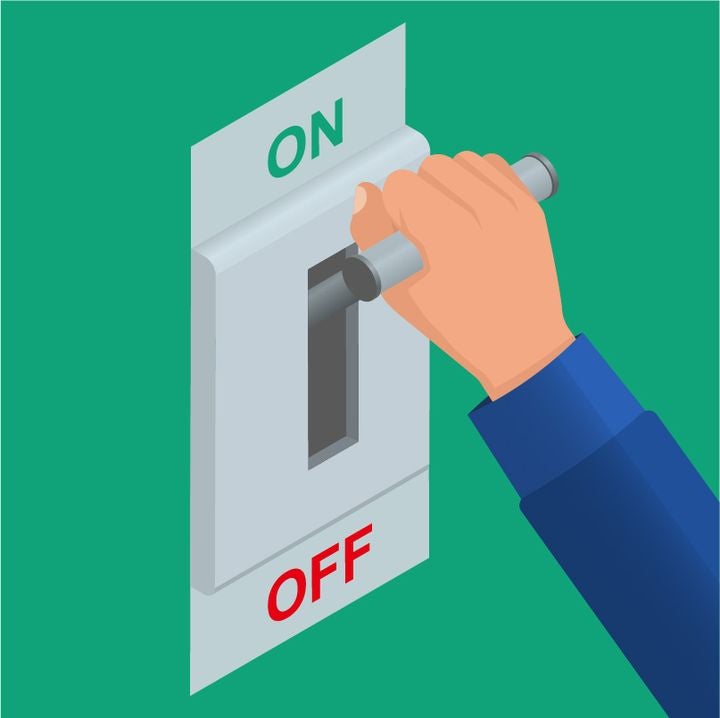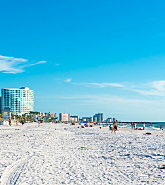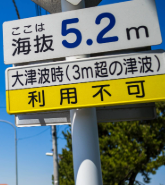Having successfully reduced human contact and viral transmission through shelter-at-home policies, governments at different stages in Europe, the U.S. and Asia Pacific are faced with managing the next task of the COVID-19 pandemic. How to restart all the economic, social and cultural activity that came to a halt and that was put into a “deep-freeze” in order to contain the outbreak? Businesses that have furloughed employees, along with those made redundant, all await the restart. With insolvencies set to increase, for many the restart could come too late. The longer that commercial activity is left before it is “reanimated” the less likely it will survive the thawing.

Governments have relied on statistical epidemiological models to manage the first stage of their epidemics, in projecting the expected trajectory of COVID-19 cases and mortality. For this next stage, we will need a new class of model for optimizing the set of actions that can best restart the economy – to resume normal life while reducing the potential for a resurgence of infections.
We will need to measure the “amount of human contact” (and hence inferred viral transmission) per activity – whether it is by type of business, or form of entertainment. For each industry, business or social sector that is currently closed we will need to identify how it can be run with increased social distancing, and then measure the accompanying human contact (as in how many hours per day each individual is within two meters or six feet of one another). This metric is not just to account for the workers themselves but for all those who are involved with that activity, whether it is employees, visitors or spectators. It will need to include getting to work, as well as being at work. It will need to include traveling to the stadium as well as attending the match.
This new metric will need a name. Perhaps one hour of contact (with someone not from your household) could be called a “huddle”. Given the level of active COVID-19 incidence in a city, for every huddle there is a potential for infection. At a particular moment in time this might be one infection per thousand huddles. Social distancing is all about reducing the amount of huddle.
It may be easier for a restaurant to increase the spacing of tables than for a bar to limit crowding or a theater to separate the seating, meaning some activities will likely be closed for longer. Take soccer for instance. In the English Football League, it will be much easier to justify re-opening a lower attendance Second Division football match than a 60,000 attendance Premier League game such as Arsenal vs Liverpool.
Similar to sports leagues around the globe, with the Premier League football clubs looking to conclude the season, for some months these matches will likely be played without spectators, so to reduce the overall amount of human contact. And with pubs and bars remaining closed, fans will watch in isolation in their homes. For every sector we will need to provide the inherent human contact metric, with and without realistic additional social distancing. Critical information on human contacts can be gathered from location information and proximity data harvested from our smartphones.
For each sector we will also need to identify its dependencies. There is no point in reopening hotels if there are no tourists or reopening a car production line, if critical components are not arriving from China. And for each sector we will need to identify the economic and social benefits of resuming full activities.
In the current lockdown, human contact has not been reduced to zero. Health workers interact at work, critical supply chain workers ride on public transport (although it might reduce human contact if they were told to drive if they can). The original lockdown in Wuhan was more confined than currently in London or San Francisco, so if Wuhan is our benchmark, London already has a higher social interaction under lockdown, so will take longer to bring the rate of infections under control.
Returning to an epidemiological model we will need to set a target for how much additional human interaction can be tolerated in preventing a resurgence in infections. Then activities can be layered into the restart according to the benefits they bring on economic activity and employment.
All this will need to proceed in parallel with case tracing, with a need to ramp-up and reallocate resources and technology further as we move from the early stages of the epidemic. And we need to keep a close watch on measuring COVID-19 incidence. Some newly permitted activities may have to be curtailed if infections are rising again. It will be a challenge for control: as it takes up to ten days for changes in the level of human contact to convert to shifts in hospitalizations.
Because of the age distribution in fatalities from COVID-19, we should also consider the age of those engaged in the additional contact, whether these are children at school, or seniors attending a bingo hall. However, the concern is not just for infections picked up by children, but in how they are brought home to parents and grandparents.
For the most vulnerable, such as those over 70 and/or with a range of pre-existing health conditions, social isolation or “cocooning” will need to continue until either a vaccine is available, robust treatment options exist, or herd immunity has brought transmission rates down to acceptable levels.
A lot is hanging on the success of The Great Restart. Some countries may move too quickly and have to reverse their steps. Others will be accused of moving too slowly. To drive this is going to require developing the best possible data on this new parameter of “human contact” by sector. If we want our cinemas, pubs and restaurants to re-open before the end of summer we will need to reduce the huddle.







